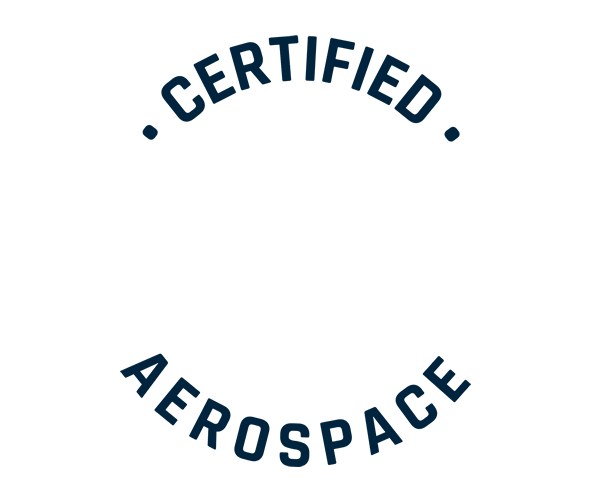Introduction
FR-4, a composite material renowned for its exceptional properties, adheres to the stringent quality standards set by the National Electrical Manufacturers Association (NEMA) – the largest trade association of electrical equipment manufacturers in the United States. By combining glass cloth with epoxy resin, FR-4 offers a robust solution for diverse applications where reliability and performance are paramount. The name FR denotes for fire retardant because this material is not only mechanically and electrically strong but also fire retardant.
Material Design
The material design of FR-4 involves a meticulous arrangement of glass cloth layers impregnated with high-quality epoxy resin. Certain fillers improve other properties like the comparative tracking index, the dielectric strength and fire retardancy. Typical fillers to achieve flame retardancy contain bromine, but there are also alternatives on the market that do not contain any halogens. This combination results in a sturdy yet versatile material that exhibits excellent mechanical strength, electrical insulation, and resistance to high temperatures – making it a preferred choice in various industries and numerous applications.
Properties
FR-4 boasts an array of properties that set it apart. It offers high dimensional stability, low water absorption, and meets the UL94 V-0 rating for flame retardancy. Additionally, FR-4 high glass transition temperatures (TG) variants excel in applications requiring elevated temperature resistance, ensuring reliability under challenging conditions. High TG variants usually also have a higher temperature index according to the standard IEC 60216. This temperature index is defined by the degradation of a certain mechanical property e.g. the flexural strength over time at a certain elevated temperature. The standard only requires a temperature index of 130°C or class B but also 155°C (Class F) and 180°C (Class H) solutions are available.
Form of Deliveries
FR-4 material is available in different forms to suit diverse manufacturing needs or applications. Following the manufacturing route it is available as pre-impregnated cloth (so called prepreg), as pressed sheet or wound tube and as finished parts according to the customers specifications. Available sheet thicknesses range from 0.2 to 150 mm with the two press sizes 1170 x 1070mm and 2070 x 1070mm. We have almost all machining possibilities in-house: starting from dry and wet grinding to sawing and water-jet cutting and of course CNC turning and CNC milling. Small parts, fine details, small to big series, all is possible.
Variants
The versatility of FR-4 is further expanded through variants such as FR-2, FR-3, and FR-5. Each variant caters to specific application needs, offering tailored solutions for different industries. These variants adhere to UL 94 standards and provide enhanced performance characteristics in line with industry requirements. The different FR-X qualities have a very different built-up in terms of used reinforcement and matrix materials, but they have one thing in common: they are all “flame retardant”. FR-2 is cellulosic paper with phenolic resin binder, FR-3 is cellulosic paper with epoxy resin binder, FR-4 is glass cloth with epoxy resin binder and FR-5 is also glass fabric with epoxy resin binder but with a better performance at elevated temperatures.
Applications
The widespread applications of FR-4 encompass industries ranging from electronics to aerospace. It is commonly used in PCB manufacturing, electrical insulators, automotive components, and more. The material’s reliability, stability, and flame-retardant properties make it a go-to choice for critical applications.
Applications of FR-4 Materials in Circuit Boards
FR-4 materials are an essential component of the circuit board industry due to their excellent electrical insulation properties and mechanical stability. They serve as the foundation for manufacturing printed circuit boards (PCBs) used in a wide range of electronic devices. The high temperature resistance and UL94 V-0 rating for flame retardancy make FR-4 ideal for use in demanding electronic environments where safety and reliability are of utmost importance.
In the electronics industry, FR-4 circuit boards are used in devices such as computers, smartphones, telecommunications equipment, and automotive controls. Their ability to efficiently transmit electrical signals while providing mechanical support is crucial for the functionality of modern electronic devices. Furthermore, the variability of FR-4 materials, such as variants with a high glass transition temperature (TG), allows for their use in high-performance electronics applications that require increased heat resistance, such as in aerospace or in high-performance components of servers and data centers.
With its combination of high strength, excellent electrical insulation, and flame retardancy, FR-4 is the preferred material for manufacturing reliable and durable circuit boards.
Production Process
The production process of FR-4 involves carefully controlled steps to ensure the material meets the stringent quality standards. From selecting high-quality raw materials to precise resin impregnation and curing processes, each stage is critical in producing FR-4 sheets and laminates with consistent performance. The first production step is the formulation, meaning the mixture of resin, hardener and fillers e.g. the flame-retardant ingredient. All must be added in just the right amount and mixed thoroughly to ensure a high quality and homogenous product. The glass fabric is then dipped through the resin mixture. This step is called dip-coating. The dipped fabric is dried and pre-cured which makes it a prepreg in a B-stage. This prepreg can be further processed to sheets or tubes. For pressing the sheets and winding tubes a crucial role plays the interaction of pressure and temperature. The right amount of both at the right time gives a flawless product.
Other Standards
In addition to NEMA LI 1, usually FR-4 material complies with various other industry standards. The NEMA is an US based association. In Europe a more common standard is the IEC or EN 60893. According to this standard, a comparable quality grade to the FR-4 is the EP GC 202. EP GC stands for Epoxy/glass cloth and the grade 202 implies not only similar mechanical and electrical features as the FR-4 but also the flame retardancy. There are also older partially withdrawn standards like the German DIN 7735 with grade HGW 2372.1, the British BS 3953 with grade EP-4 or the French NF C26-151 with grade Vt-EE 1-e. All referring to a similar glass epoxy-based material that has flame retardant properties.
Overview of Our FR-4 Products
Our Product
Vetronite EGS 619
Resin Material: Epoxy
Reinforcement: Glass
Applications: Electrical insulation, Test adapters, Telecommunication
Discover the productOur Product
Vetronite EGS 619 T
Resin Material: Epoxy
Reinforcement: Glass
Applications: Machine construction, Electronics, Fixture construction, High voltage insulating parts
Discover the productOur Product
Vetronite EP GC 202
Resin Material: Epoxy
Reinforcement: Glass
Applications: Electrical insulation, Test adapters, base plates
Discover the product


